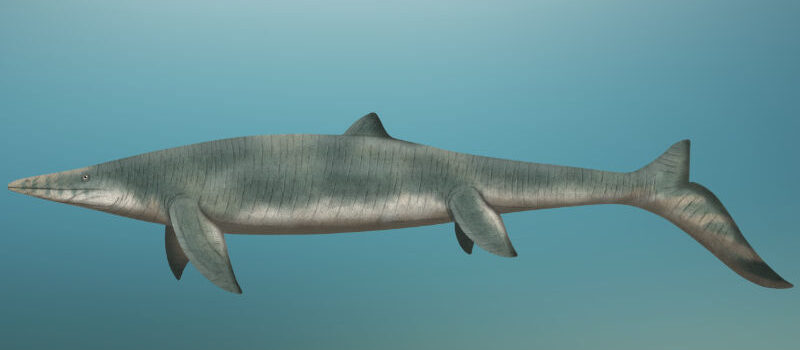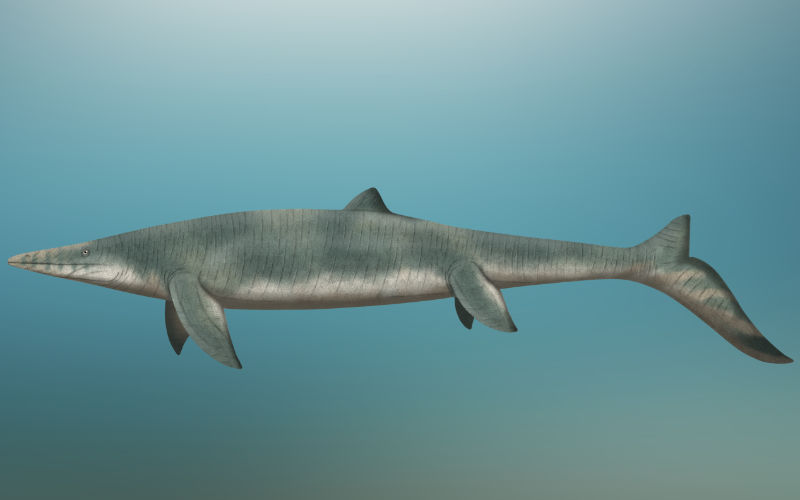
Morocco: fossils reveal a unique durophagous mosasaur
Morocco: fossils reveal a unique durophagous mosasaur

Paleontologists from the University of Bath have discovered a new species of mosasaur that lived during the late Maastrichtian of the Cretaceous period, around 67 million years ago, at the Sidi Chennane phosphate mine in the province from Khouribga, Morocco.
Carinodens acrodon. This is the name of the new species of Durophagous Mosasaurus whose fossilized remains were discovered in the Sidi Chennane phosphate mine, in the province of Khouribga, in Morocco. This marine lizard belongs to the mosasaurid genus Carinodens and was a durophagous, adapted for munching on hard-shelled invertebrates. The new species lived during the late Maastrichtian of the Cretaceous period, around 67 million years ago. It coexisted with two other species derived from Carinodens: Carinodens minalmamar and Carinodens belgicus. The animal measured 2 to 3 m and had low, rectangular and compressed teeth.

